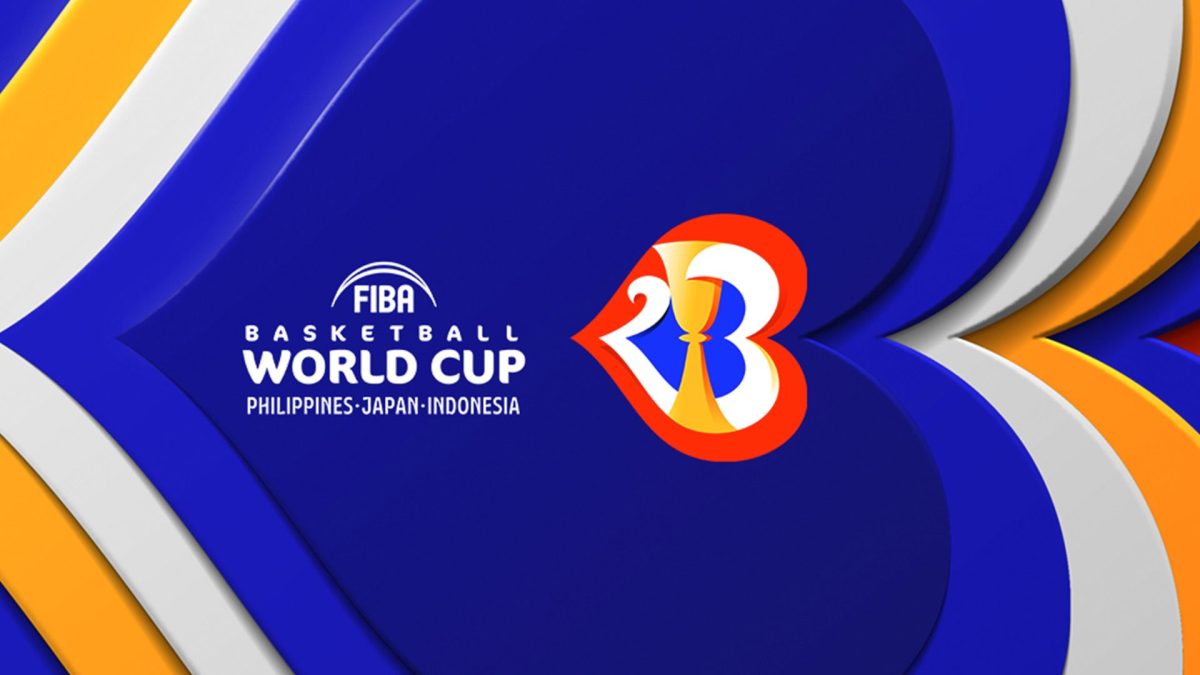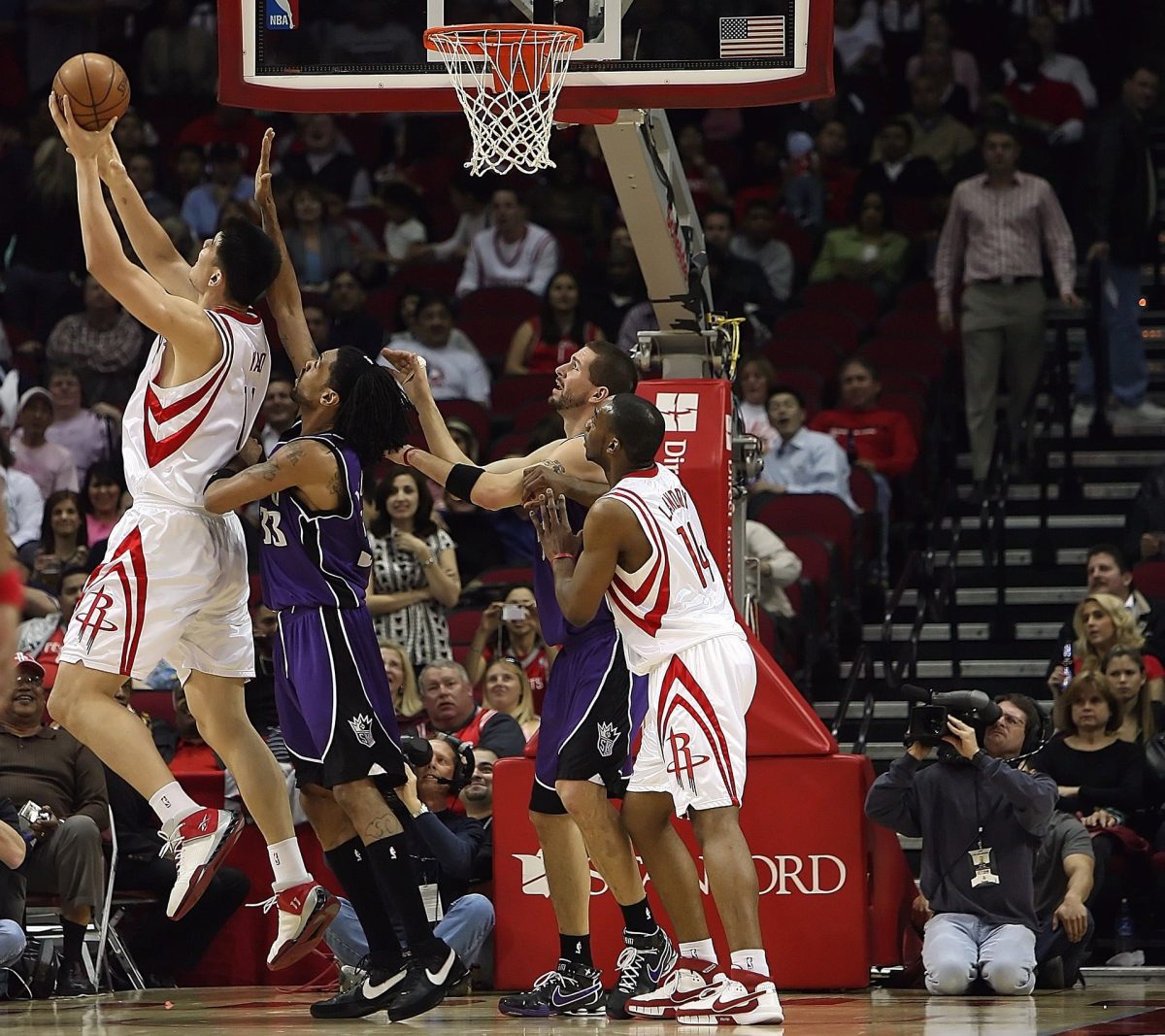Home » BasketBall » Page 2
Unlocking the Past: The Evolution of NBA Outdoor Games

In the dynamic realm of professional basketball, there exists a captivating chapter that ventures beyond the conventional indoor courts—the NBA Outdoor Games, also known as the NBA Field of Dreams. Delve into the history of these extraordinary events that have left an indelible mark on the league.
A Glimpse into the Inaugural Outdoor Encounter
The inception of NBA’s outdoor escapades dates back to a preseason spectacle in 1972, pitting the Phoenix Suns against Kareem Abdul-Jabbar’s Milwaukee Bucks in Puerto Rico. A groundbreaking moment, this game set the stage for a unique basketball experience. While historical details are scant, what remains etched is the Suns’ triumphant victory with a scoreline of 116-103.
The Long Hiatus and the Visionary Resurgence
Following the historic outdoor clash, NBA’s outdoor ventures took a hiatus, spanning an astounding 36 years. It was not until 2008 that the legendary Dick Heckman, part owner of the Phoenix Suns, revived the concept. Recognizing the potential business appeal, Heckman proposed another outdoor game. However, the challenges posed by unpredictable weather had been the primary deterrent during the hiatus.
The Final Outdoor Showdown: Suns vs. Mavericks
In the last installment of the NBA’s outdoor saga at Indian Wells, the Suns faced the Dallas Mavericks. The game, set against a backdrop of nearly 90-degree temperatures and minimal wind, resulted in a 98-90 victory for the Suns. Notably, Dirk Nowitzki chose to sit out, expressing concerns about the potential impact on his jump shot. Despite the challenges, the outdoor experiment concluded on a positive note.
The Implications and Future Prospects
While the outdoor games garnered attention and viewership, they also posed unique challenges, reflected in subpar shooting percentages. The NBA’s experiment with outdoor matchups, though entertaining, faced logistical hurdles, leading to its eventual discontinuation.
Exploring the Feasibility: Will Outdoor Games Return?
The question lingers—why has the NBA not embraced outdoor games despite their previous foray? The answer lies in the formidable logistical challenges posed by weather conditions. Unlike preseason games, major events like the All-Star Game are scheduled in advance, making it challenging to predict and ensure suitable weather for outdoor play.
Despite the complexities, the idea of outdoor games resonates with fans. The allure of witnessing top-tier athletes competing in the open air adds a layer of excitement to the basketball experience. While the challenges are apparent, the prospect of a return to outdoor games remains tantalizing.
In conclusion, the NBA’s venture into outdoor games, though met with challenges, remains a captivating chapter in the league’s history. Whether these games will make a triumphant return or remain a nostalgic memory is a topic that continues to intrigue basketball enthusiasts worldwide. As we navigate the intricacies of weather, logistics, and fan expectations, the prospect of witnessing the NBA Field of Dreams once again adds an exciting dimension to the ever-evolving landscape of professional basketball.













